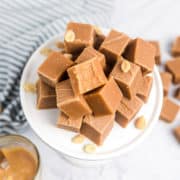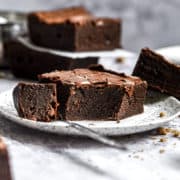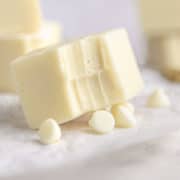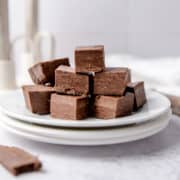Rice is one of the world's most popular foods and something you can buy in bulk to save money. When you know how to store your rice the best way, you can be sure it will keep for a long time and use it to make all kinds of tasty dishes, both sweet and savory.
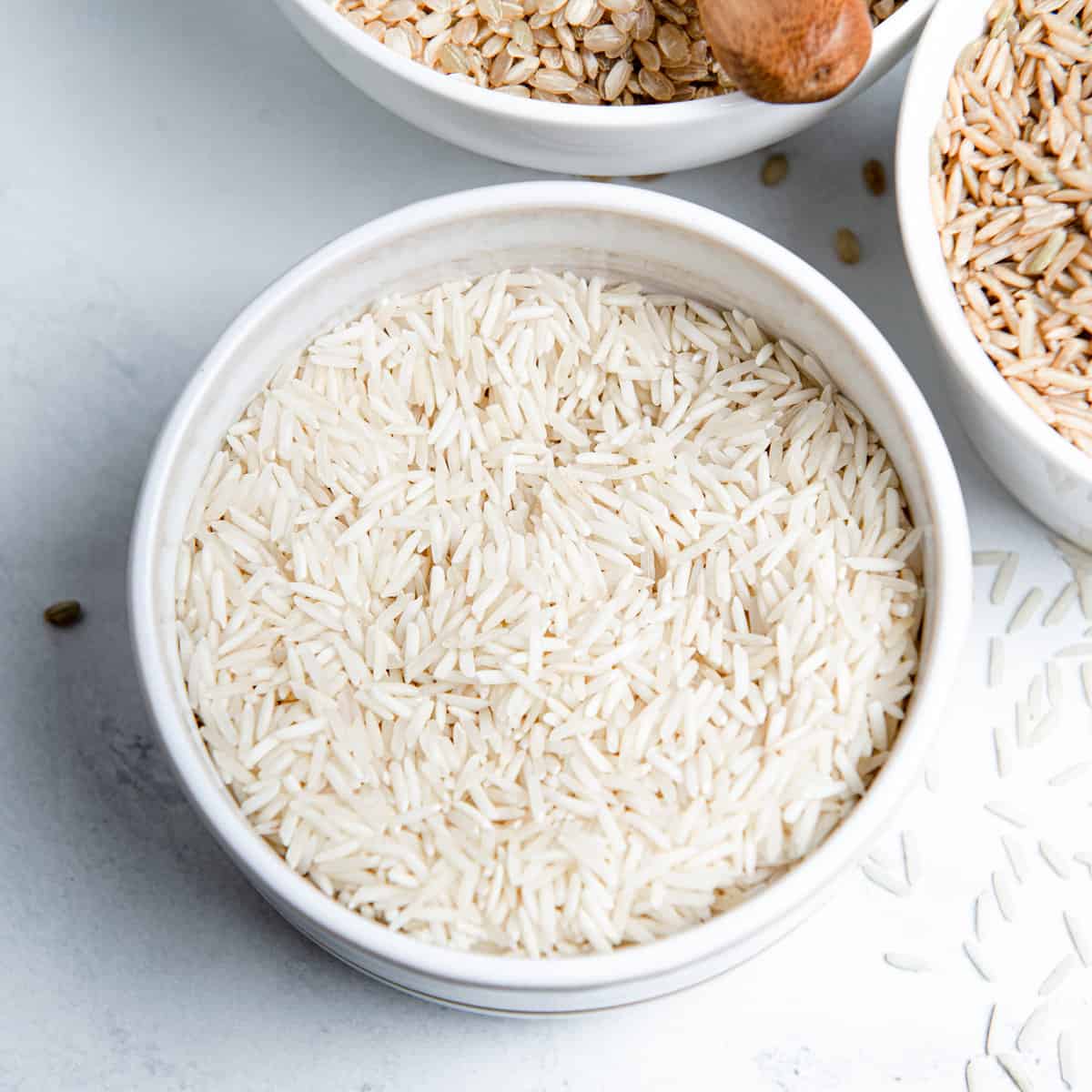
Jump to:
Needing no introduction, rice is a pantry staple in many cultures and is found all over the world. Half of the world gets half of their daily calories from rice. There are various types to choose from, depending on what type of dish you plan to make.
Rice-based savory meals such as paella, risotto, and pilaf are very popular, as are sweet rice dishes like rice pudding. This grain also makes a nice side dish and can be served as it is or flavored with herbs and spices. You can use a rice cooker or boil the rice in water. After that, it can go in stir-fries and other rice-based recipes.
I always make at least one homemade rice pudding in the cooler months because it's such a great dessert and can be eaten hot or chilled. You can use any kind of short-grain rice to make your own.
What is Rice?
Rice (Oryza Sativa) has been grown for over 8,000 years. Varieties include jasmine, basmati, and arborio. You can also get rice in black, purple, and red, depending on which color pigments feature in the bran layer.
White and brown rice are the same grain but not milled in the same way. While brown rice kernels still have their bran layer, white rice has it polished off. The bran layer means brown rice contains more nutrients than white rice, but some white rice is fortified.
Brown rice contains Vitamins B1 and B6, manganese, selenium, phosphorus, and magnesium. As for white rice, the calorie count is about the same but it has two-thirds less fiber as well as a bit less protein. They do have quite different flavors though, so just because you enjoy the flavor of one kind of rice, that doesn't necessarily mean you'll like another as much.
Rice has been part of the human diet for as far back as we can tell. It's hard to pinpoint its precise origin, although botanists and archaeologists have based their theories on findings.
It's believed that South-Central China, along the Yangtze River, was the first place rice was cultivated before it spread into Japan and Korea. However, another popular opinion is that India's Ganges River valley was the original spot where rice cultivation began.
Something else that isn't known is how exactly rice was cultivated, although archeologists believe it might date as far back as 7000 BC. About 90% of rice consumption in the world is in Asia but rice is also a staple in the West. Rice will grow just about anywhere except Antarctica.
After making its way from Southeast to South Asia and into West Asia, rice went into Europe and then into Central and South America via European colonists. The first record of cultivating rice in North America was in 1685. In the mid-1700s, West Africa came up with new agricultural technology to cultivate rice which led to a thriving local rice industry.
Today almost 2.4 billion Asians alone consider rice a dietary staple, with typical Asian dishes including Japanese fried rice and mango sticky rice. In the West, recipes like paella, risotto, and sweet rice pudding are also very popular.
Rice can be used in sweet and savory dishes, and in hot and cold ones. Everyone from arancini (Italian fried rice balls) to sushi, rice pudding, and paella is possible with rice. In the warmer months, you might want to create a rice salad, which just involves combining cooked rice with diced vegetables, fruit, nuts, herbs, spices, and more, along with your favorite salad dressing.
Rice is a cheap carbohydrate which is why it's in especially huge demand in low-income countries. Improved rice cultivation technology includes better harvesting equipment and unique planting methods. Rice requires a lot of water and is only harvested once a year.
Years ago, a successful rice crop would have depended on sufficient seasonal rainfall, but these days drainage technology, fertilizers, and laser guides are just some of the ways we can continue to produce fast, easy, healthy rice yields.
How to Select the Best Rice
When shopping for rice, you'll want to know what type of rice to choose, based on what you want to make with it, as well as know how to make sure the uncooked rice is fresh and unspoiled, so you can get a long shelf-life out of it.
These days there are many different ways to buy rice, including dry rice, vacuum-packed cooked rice, instant rice, prepared rice-based dishes, and more. If you're buying plain uncooked rice, there are some things to check for.
Brown rice isn't polished or milled, which means it's higher in natural oils, so it can spoil quicker than white rice. Since dry white rice lasts for years, so long as it looks good and the package is completely sealed, it should be good.
Brown rice will last for months, so check the rice is in a sealed container when you buy it. Any rancid smell, bugs, holes, moisture, or mold means you shouldn't buy the rice.
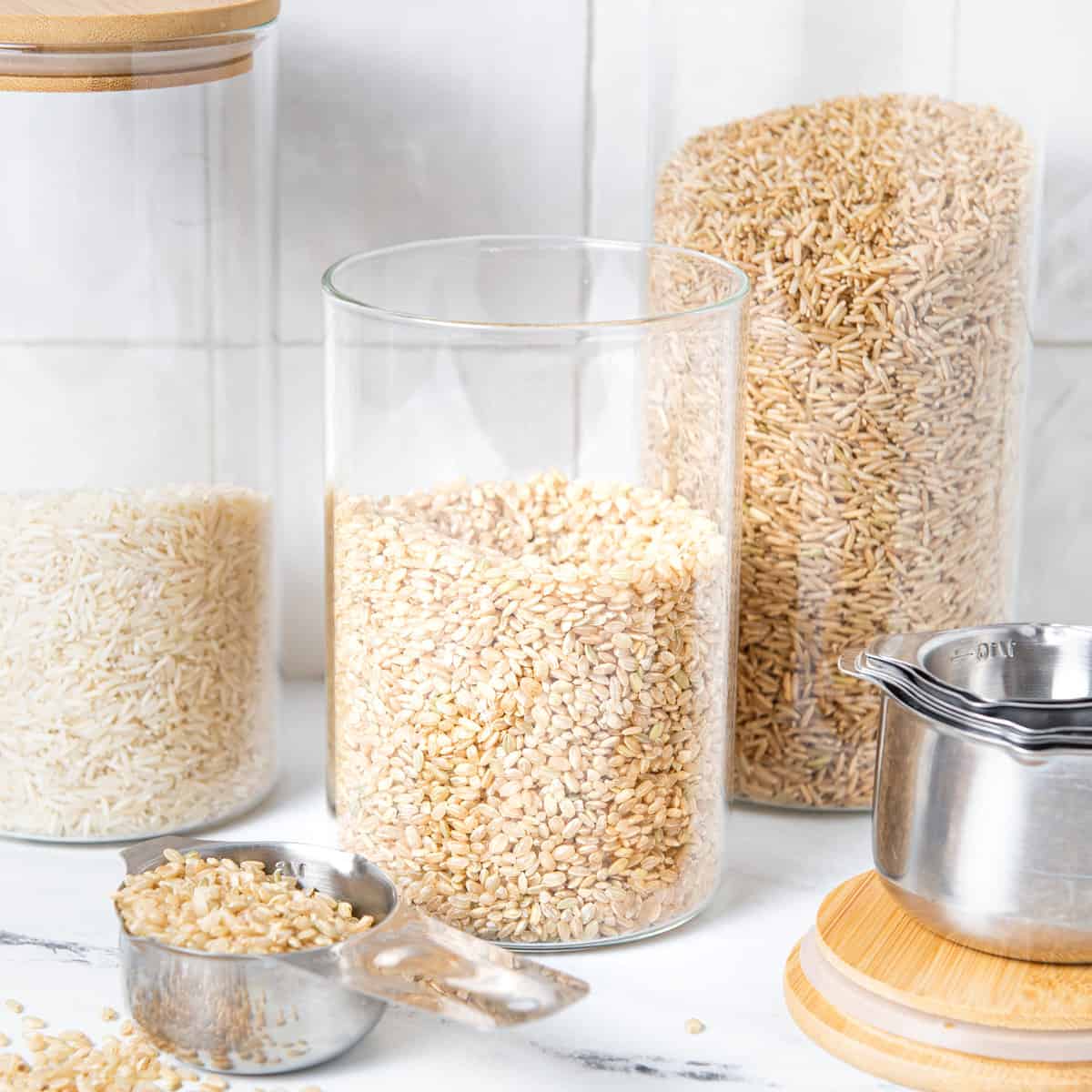
How to Store Rice
There are different tips for storing rice, depending on what kind of rice you have, as well as whether it's raw or cooked.
- Raw rice is a great candidate for long-term storage, as long as you keep it in a dry place at room temperature.
- Keep uncooked brown rice or white rice in the bags or air-tight containers you bought it in, and then, once opened, transfer it into mason jars or another type of sealed, airtight plastic bag or container.
- An airtight container ensures moisture and bugs are kept out of the rice.
- Don't let anything wet come into contact with the rice, since moisture speeds up spoilage. Don't keep it somewhere humid either, for the same reason.
- You might want to keep large containers of uncooked rice in mylar bags or food-grade buckets with packets of oxygen absorbers if you have some. This is a great tip for all grains and pulses, not just whole grain rice, and makes long-term food storage in large quantities a great option if you have the space.
- Brown rice should be used within a year while white rice keeps for many years if stored correctly.
- Cooked rice doesn't last anywhere as near as raw rice. Cooked rice should be stored in an airtight container in the fridge and used within 4 days.
- Vacuum-packed rice (instant rice) should be fine for months as long as you eat it before the best by date and follow the suggested storage directions on the packaging. Keep it in the original package.
You can also freeze cooked rice. Freeze it spread out on a baking sheet and then transfer it into individual bags and use it within 2 months.
How to Tell if Rice is Rancid
Just because the shelf life of rice is so long, that doesn't mean it's going to stay fresh forever. Even if you manage to keep the rice weevils and moisture out, you still need to know how to tell if your rice is no longer fit to eat.
Uncooked rice doesn't suddenly go bad overnight but there are some definite signs you can watch out for if you want to be sure it's still safe to eat. Signs of mold or dark specks are a bad sign on both raw and cooked rice. A rancid smell is another indicator that the rice is no longer good. If raw rice changes color or texture or you see moisture in the container, it's best to throw it out rather than risk food poisoning.
Cooked rice can grow mold within a day of refrigeration if it got contaminated, so always check to make sure. If it smells strange or it's been in the refrigerator for more than 4 days, throw it out.
Common Questions
Uncooked rice can contain bacillus cereus, which remains on it during cooking. It's best not to leave cooked rice to sit out at room temperature for longer than it needs to because any bacteria or toxins multiply at room temperature.
Serve rice as soon as it's cooked and let it cool for a maximum of an hour then refrigerate it in rice containers, plastic containers, or mason jars. If you aren't sure how long it's been out, it's best to throw it out rather than risk eating it, especially since rice is a very cheap option anyway.
When you reheat the rice, ensure it's very hot throughout, and don't reheat rice more than once. Following these tips should minimize your chances of any ill effects from spoiled rice.
Rice comes in three main varieties: short, medium, and long grain. Each type cooks a bit differently and is best suited to different dishes, although you can always substitute one kind of rice for another in most recipes. The exception to this would be using a dry type of rice in place of "sticky" rice if the rice is supposed to stick together, such as in sushi or some desserts.
Even though different rice varieties have slightly different flavors, the main division between them is the texture, which is why there are different types of rice to choose from depending on the result you want to achieve.
You can also combine more than one kind of rice to add more dimension to your rice-based recipe. Do bear in mind that some types of rice (for example, brown) can take more than double the amount of time to cook as other kinds, so you might have to cook them separately or else add the faster-cooking rice halfway through.
Jasmine rice is a very popular variety from Thailand, Vietnam, and Cambodia, and suits stews and curries, along with stir-fries. Basmati has longer grains than jasmine rice and it's another fragrant option. Wild rice is high in fiber (it has about three times the fiber of white rice) as well as antioxidants, which is why it's often mixed with another type of rice.
Sushi rice is a short-grain variety from Japan and is only used to make sushi. Long-grain rice is a term that covers basmati, jasmine, and other long-grain rice types. When cooked properly, long-grain rice should be fluffy and dry. This means it's better suited to salads, stir-fries, or vegetable dishes rather than risotto or sushi which are better with short-grain rice.
Brown rice is more common in grocery stores today than ever, largely because it is more nutritious than its white cousin. Arborio rice is another delicious variety and it's the typical choice for risotto because it's higher in starch which gives risotto its characteristic creaminess. Carnaroli rice is another good choice for risottos because it's also high in starch
Black rice, which is also known as forbidden rice or purple rice, is higher in protein than white or brown rice and is also rich in fiber as well as iron. It has a chewy texture. Paella is traditionally prepared with bomba rice which expands across its width rather than its length, helping it absorb all the paella sauce flavors.

Interesting Facts
- China and India are the largest rice producers in the world, and China consumes more rice than any other country.
- If stored correctly, uncooked white rice has a very long shelf life. Keep it in a dark place, in completely sealed containers, and add a few oxygen absorber packets, and your rice can last for several decades.
- All natural rice varieties are free from gluten. Even "glutinous rice" refers to a type of sticky rice, and not gluten like you have in wheat, rye, or barley for example. That means even if you're sensitive to gluten, you can still enjoy rice without suffering any celiac effects.
Now you know how to store rice, you will be able to keep your uncooked rice perfectly fresh for a long time, and your cooked rice safe. Rice is a staple food all over the world, and there are hundreds of types to choose from or combine.





